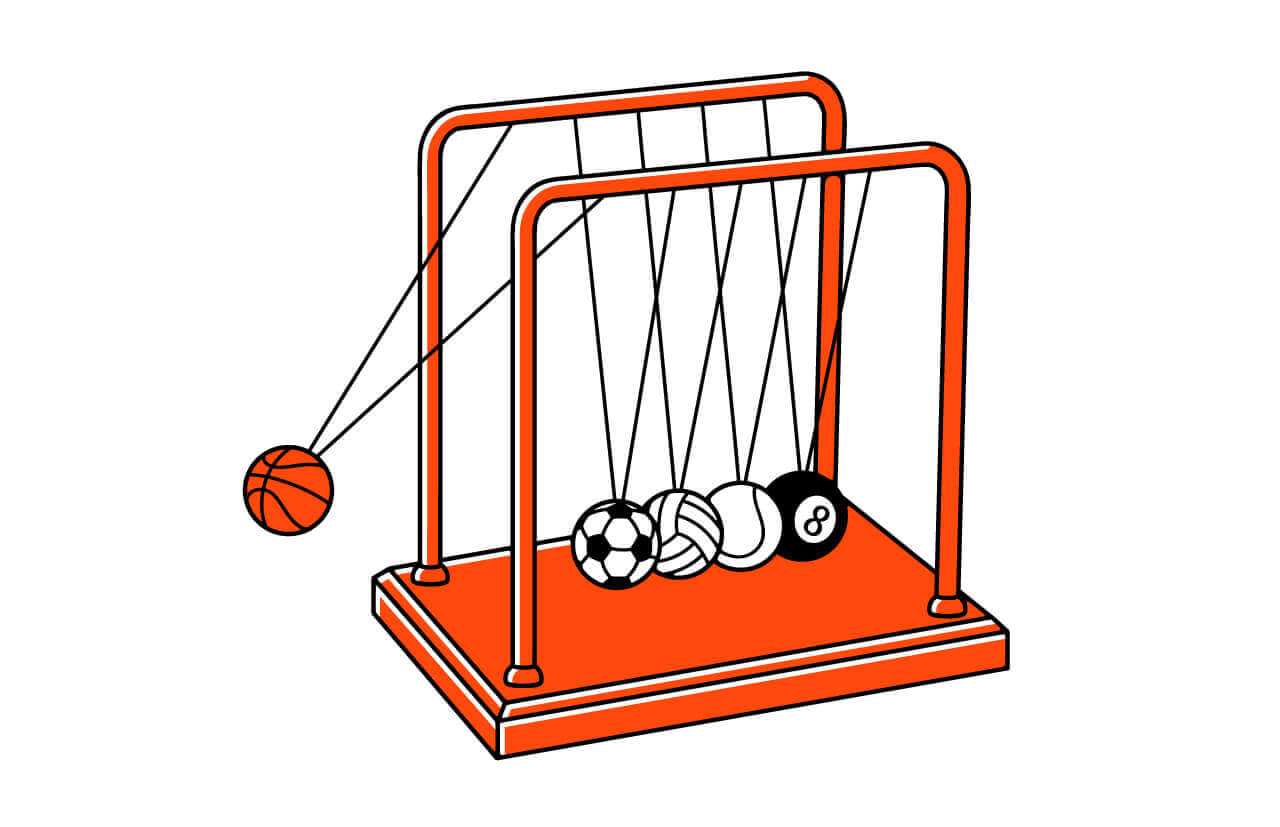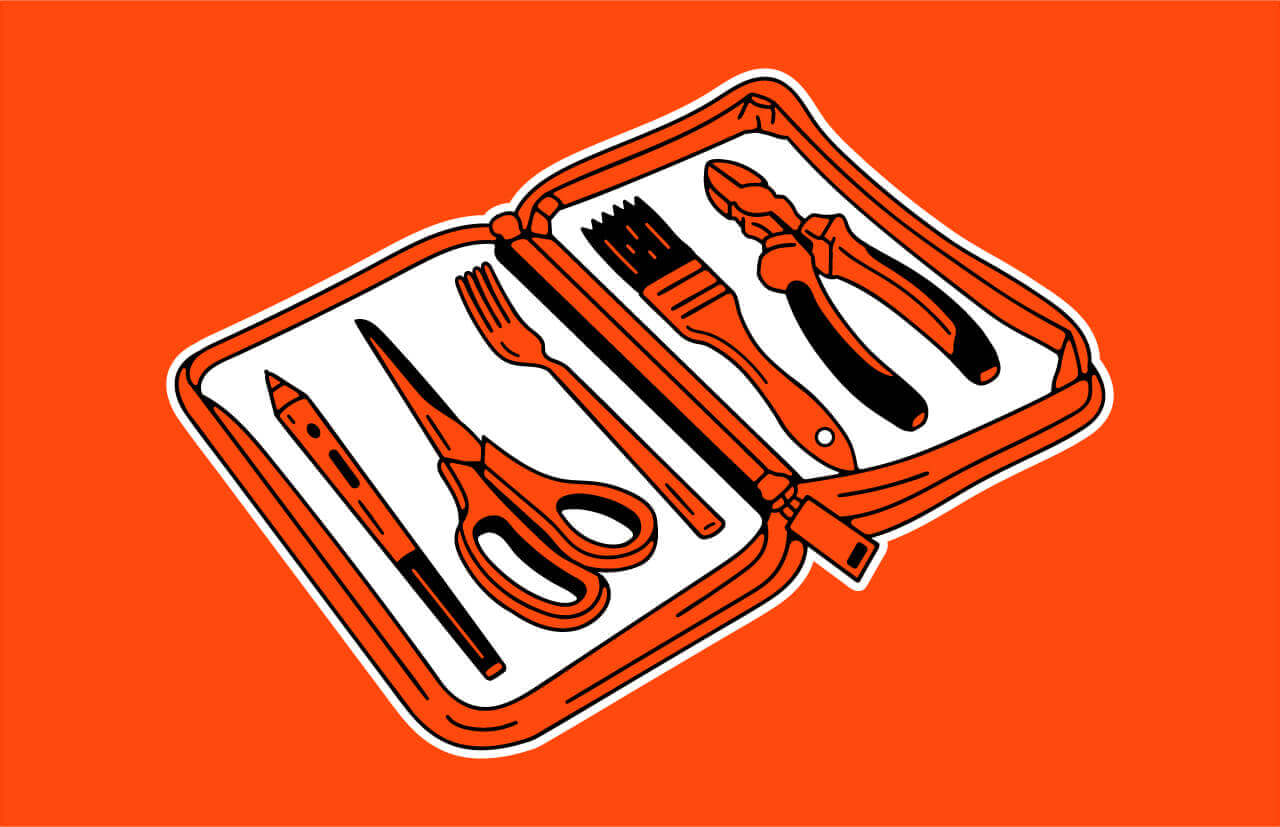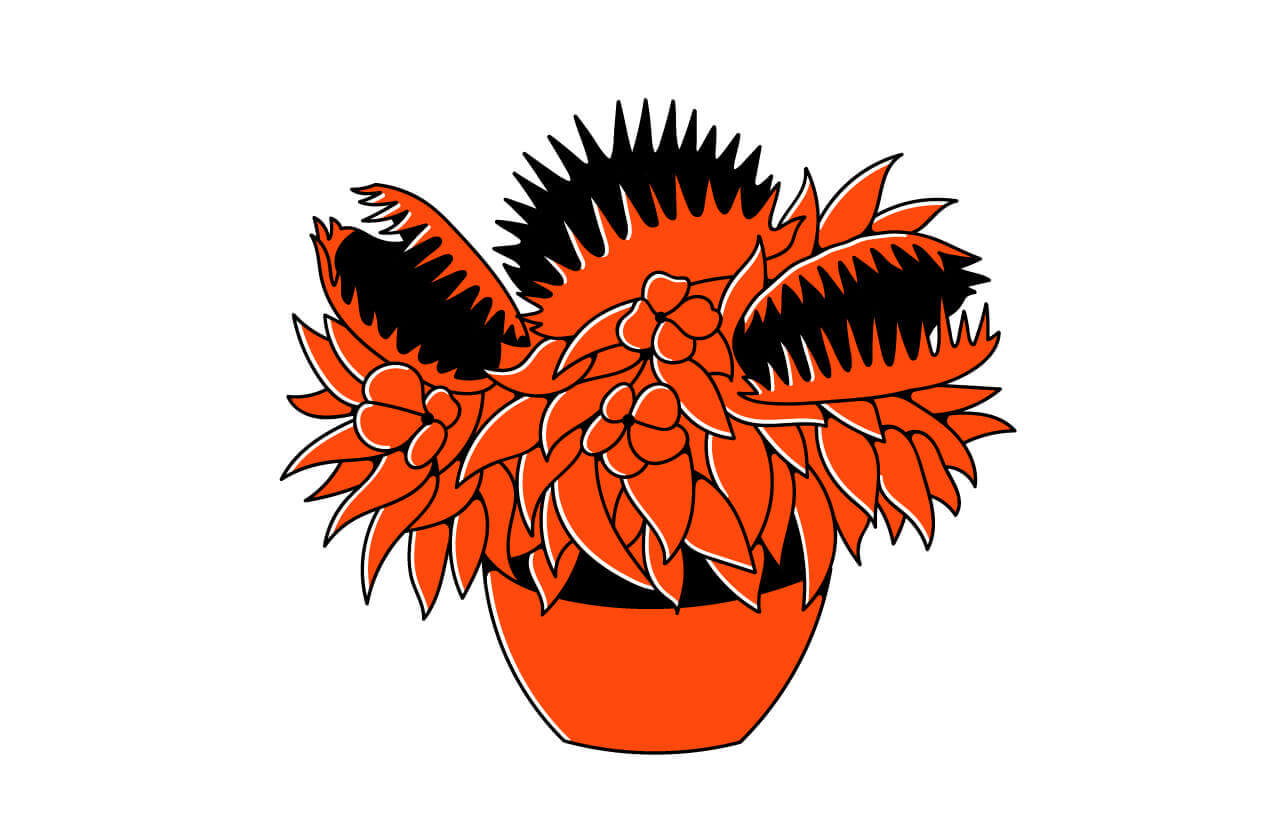A common mistake made by startups is to focus heavily on branding and the look and feel of customer touchpoints like the website, comms and packaging.
But what is being communicated, how well the product or service information is understood, is even more important.
Explain your concept
Making sure your offering is understood is key when your company is new to the market, or introducing innovation. Humans can be sceptical, even suspicious, of what they don’t yet know. So it is vital for success to explain your concept and its benefits clearly.
By planning what you want to say before choosing, for example, website background colours, you will prioritise time and money on the most important aspect.
You will then avoid the scenario of: having a stunning web presence – but little take up, wondering why; and eventually realising the content needs to change, a lot.
Using Agile
With Agile-run projects, there are four phases.
- Discovery: understanding the context for and human needs around a product or service idea you have through research.
- Alpha: experimenting with various design options, carrying out usability testing to identify the best route.
- Beta: developing one design route into a prototype or preview phase, iterating (improving) it further based on user feedback.
- Live: your new product or service can be accessed by customers (congratulations!).
An Agile approach emphasises openness to change throughout the design and build process, and components can be worked on at different times.
But, this does not mean applying a particular design skillset, like content, can be entirely left to the end. For example, if a visual designer does not provide enough space for everything the content needs to tell the customer, and a coder has hard-coded that, then last minute changes will add effort at the crucial pre-go live stage – when all effort should be on operational testing and checks.
Being Agile
Agile is a project mindset. Being flexible, iterating designs, including content, based on user research during the build, throwing away what does not work for users. Try using rapid prototyping tools like Marvel.
Putting content at the beginning
The Discovery phase in Agile project management comes before any design, usability testing, iteration or development can start. This is for exploring what users need a product or service to do, and why.
It can be particularly useful for startups, when you need to explore the market further, in a more indepth way, than you did at the proof-of-concept stage.
Content design input
Involve a content designer from Discovery. When web writers or content designers are not brought in early enough, avoidable user problems may be introduced.
By Beta, the design route is already decided, but a content expert may have recommended a different direction. For example, a content designer may advise to use a physical poster campaign for richer, multi-medium outreach, instead of a purely digital Instagram account.
Content strategy input
Content strategists can get started before Discovery. They meet with the product lead in advance of the project.
They bring skills and experience that really help with prioritising content based on user needs organisational goals. For example, they may suggest grouping content by user need, rather than by organisational structure.

critical web design mistakes to avoid
What a content designer does in Discovery, Alpha and Beta
User research
- observes user interviews
- researches and analyses website visitor stats
- looks at what users are saying relevant to the product/service on other channels, like Twitter and forums
- researches user language on Google trends
- observes content issues during usability testing
- carries out quantitative testing on navigation structure, using for example the Treejack insights tool
Service research
- looks at all current content around the product/service
- looks at competitor sites
- maps live user journey, identifies pain points
Processes research
- interviews stakeholders, like policy team and product owners
- discovers what internal processes are influencing the content and the shape of the service
Analysis
- translates research into user needs and acceptance criteria
- applies top user tasks analysis to prioritise these
- maps against organisation’s goals to show how answering user needs with better content will serve these goals
Designing
- sketches conceptual ideas for page design and journey flow, information architecture, online tools
- creates or edits a design prototype
- recommends the right presentation method for information, for example, a calculator tool
- applies evidence-based style usability guidance
- writes clear, concise text, labels, hyperlinks, help text, error messages
- designs information architecture: structural content
Content management
- manages spreadsheet logs, content KanBans and Trello boards
Some details that content people notice
It could be that without content expertise your product fails. Yes, it’s as simple and dramatic as that.
A good content professional knows that customers:
- need a clear, short, easy-to-remember hashtag or campaign URL
- won’t spot a website link lost in the middle of a block of text
- may exit your site instantly if you have too many pop-ups
- using screen reading software will go to your competitor if your content is inaccessible for them
- won’t search on or relate to words for things they don’t use themselves – don’t market a “waste disposal unit” when your customer wants a new “bin”
- misread 1 and l, O and 0, even b and d, in passcodes (content people can help out in what may seem purely technical areas)
- may not be the user profile the site analytics suggest: a teenager could be logged onto the family computer
Case study: content design for a service
I joined a project in mid-Beta as a content designer. The customer-based service had hundreds of issues that several iterations of design and user-testing had not resolved.
I carried out a best practice content review on the service prototype, listing multiple content fixes needed across the service. We made the changes, and about half of the user issues disappeared immediately in the next round of user testing.
Takeaways
The value of content expertise to your product or service development is huge. Invest in content and user research to get things right sooner. It will surprise you how much user researched content can strengthen your business! Some great content resources are:
- How content design generates money for your business, Content Design London website
- Just Enough Research, a book by Erika Hall
- Content usability basics, an online lesson from Cake Consultancy
Subscribe to hear about legendary business pivots on our CTRL SHIFT podcast.





